No Results Found
The page you requested could not be found. Try refining your search, or use the navigation above to locate the post.
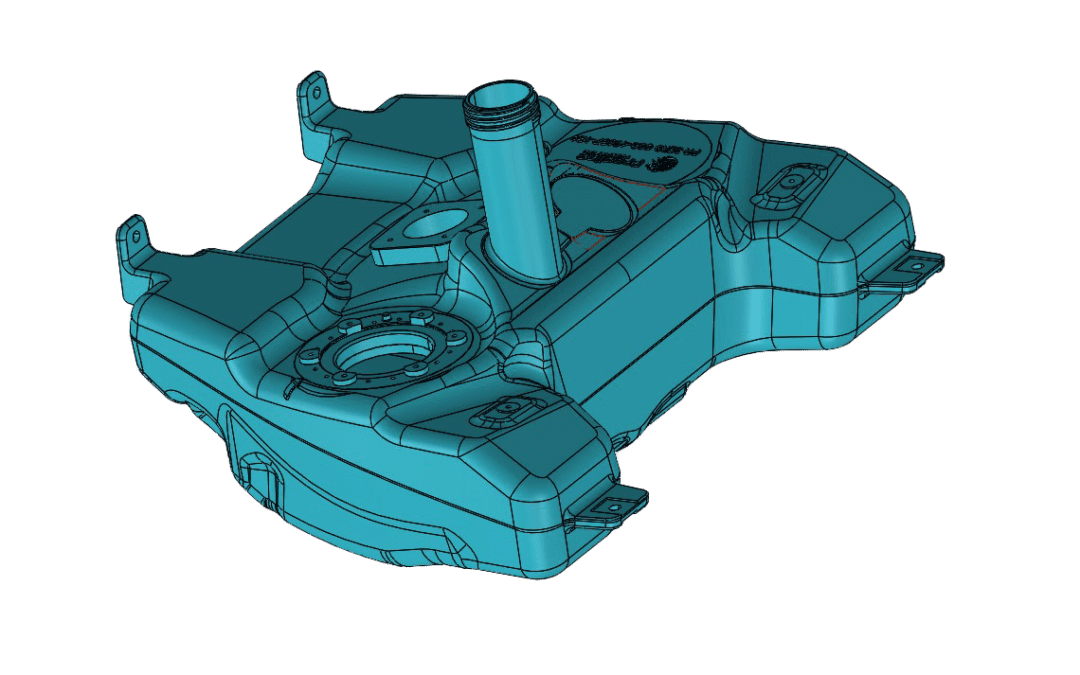
Prosilas has leveraged the capabilities of additive manufacturing to design and 3D print a prototypical and functional tank in PA2200 intended for laboratory testing or trials.
This tank is engineered to contain corrosive liquids such as gasoline, diesel, ethylene glycol, brake fluid, and ATF.
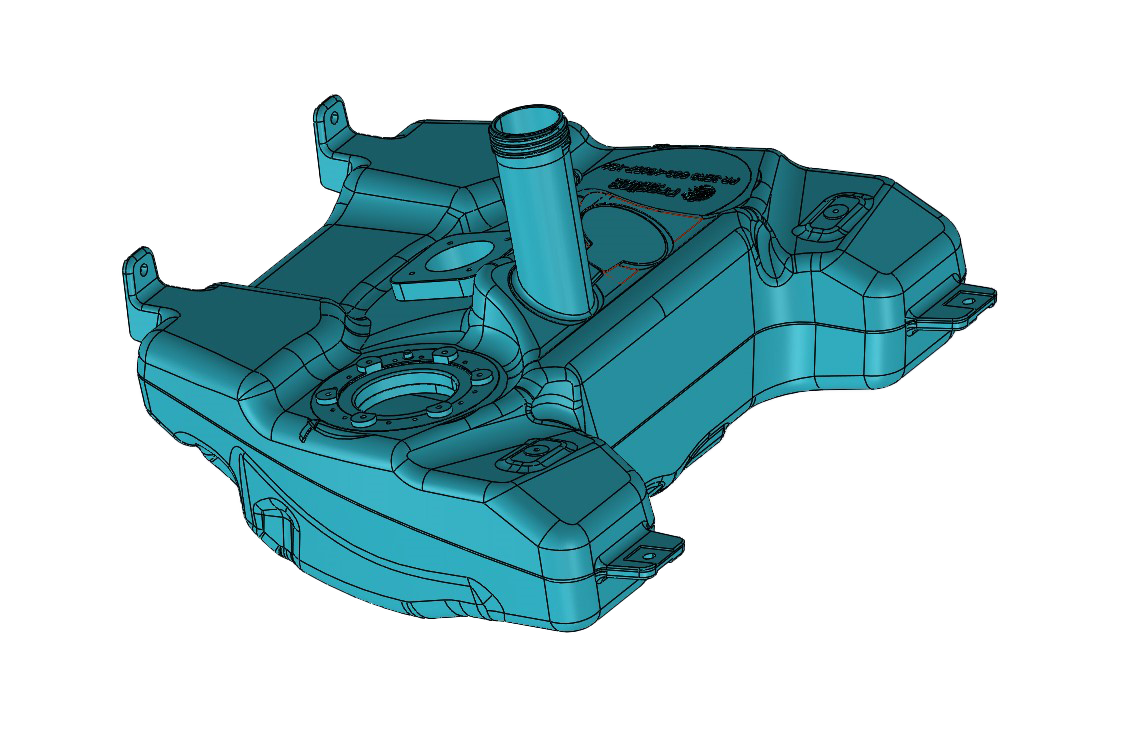
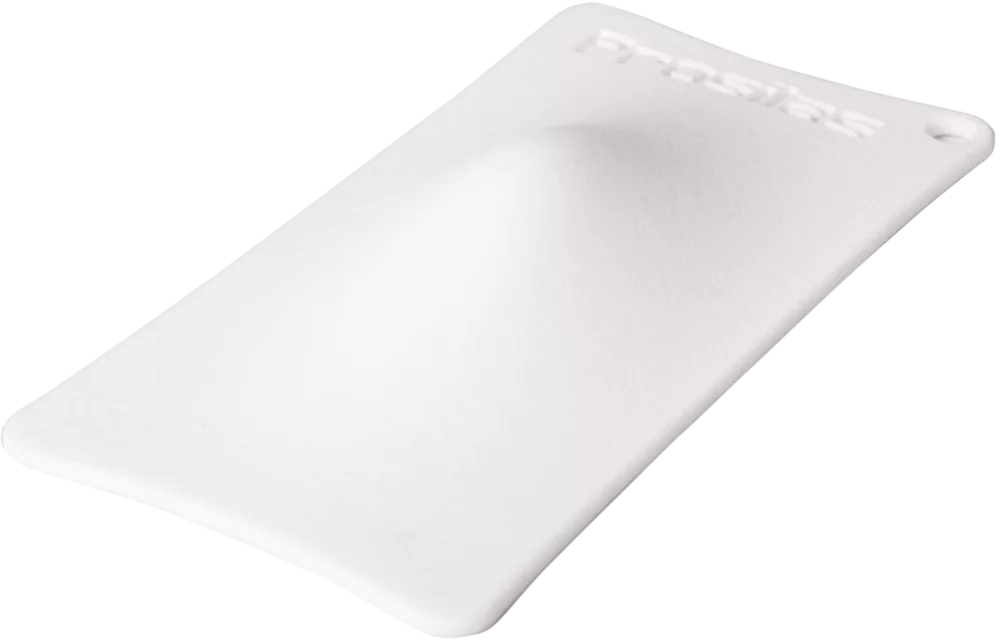
Polyamide (PA2200) is a 3D printing material commonly known as Nylon, used with Selective Laser Sintering (SLS) technology.
Characterized by excellent mechanical and chemical properties, it complies with biocompatibility standards. It is employed in manufacturing of components and medical devices and industrial parts, and in the automotive industry.
Its versatility in SLS printing makes it suitable for mass production. Printed parts can undergo various finishes, such as metallization and painting.
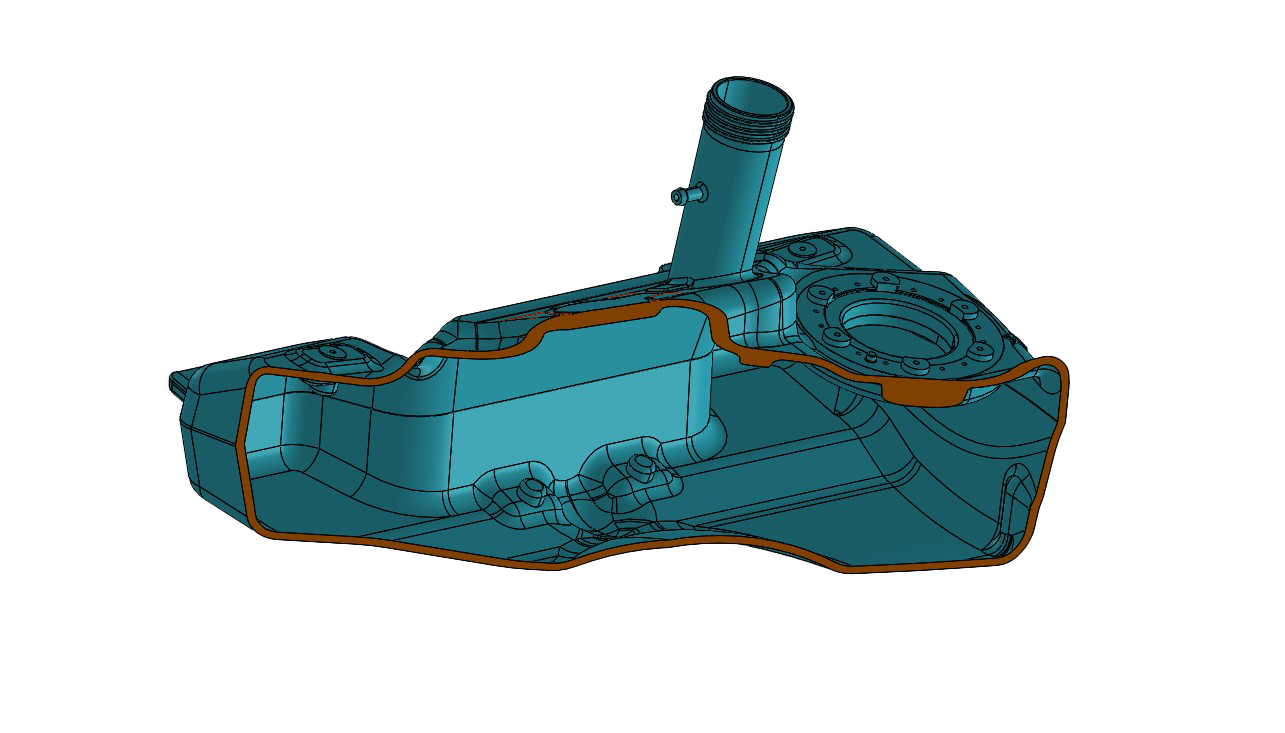
To ensure a personalized functional finishing, Prosilas has implemented a waterproof surface treatment.
This treatment has been developed to seal the microporosities of polyamide, eliminating the release of dust particles commonly associated with SLS artifacts, without altering weights and dimensions.
Following the thorough validation of the process and the optimization of the surface treatment, the application has entered mass production, enabling the production of an entire batch of tanks.
Thanks to advanced additive manufacturing technologies and new materials, Prosilas has achieved the creation of an “as-built” product, meaning it is ready for use without compromising functional aspects.
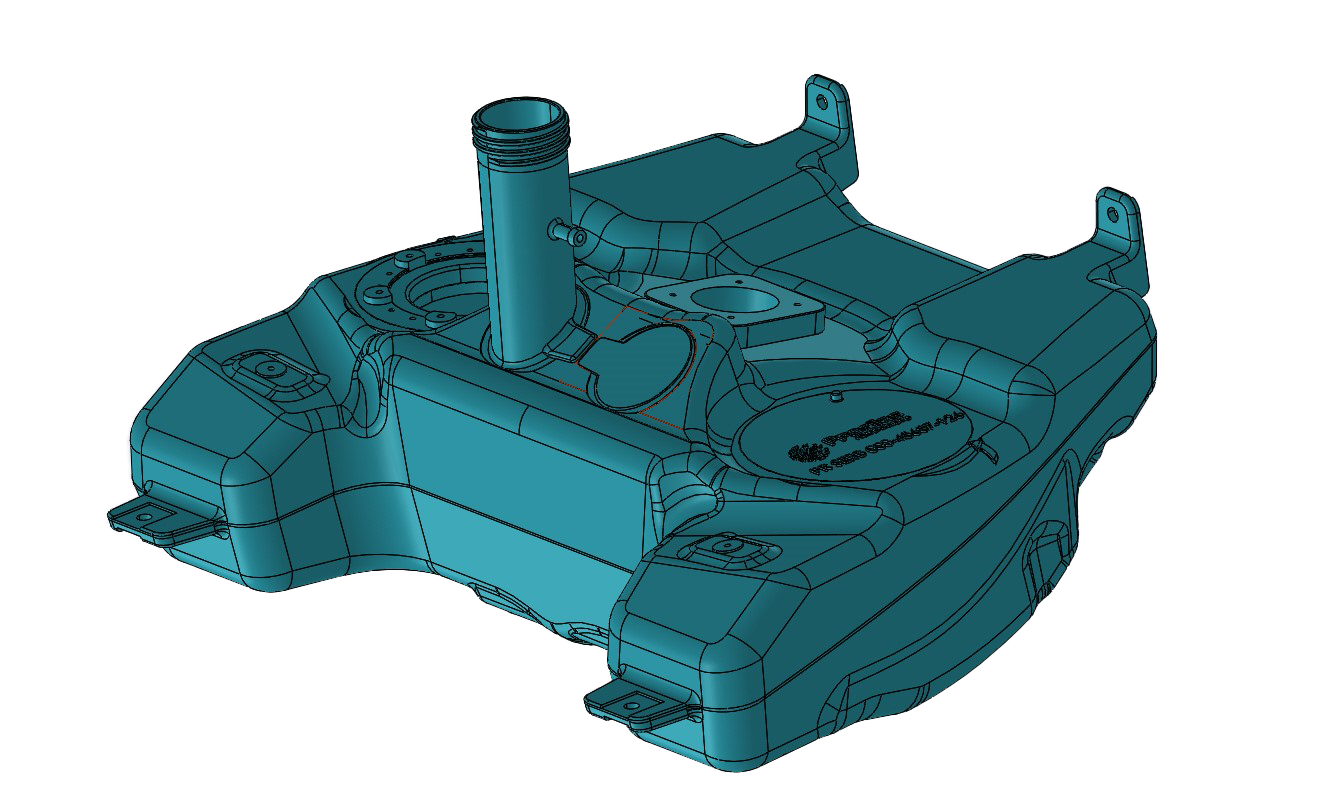
The adoption of Selective Laser Sintering (SLS) technology has enabled the creation of complex parts without the need for support structures, contributing to faster production times and reduced manufacturing costs. The production process has been carefully optimized to accommodate the part geometries and post-processing operations necessary to ensure the waterproofing of the final product.
This innovative tank, developed at the Civitanova Marche facility, has been designed considering the specific needs of the automotive, motorcycle, moped, heavy-duty vehicle, heavy transport vehicle, and agricultural machinery sectors.
The material used for its construction is PA2200; tanks and similar applications can also be produced in Alumide, PA12 GF, PA2210 FR.
Furthermore, we provide customized finishes to meet any specific customer requirements.
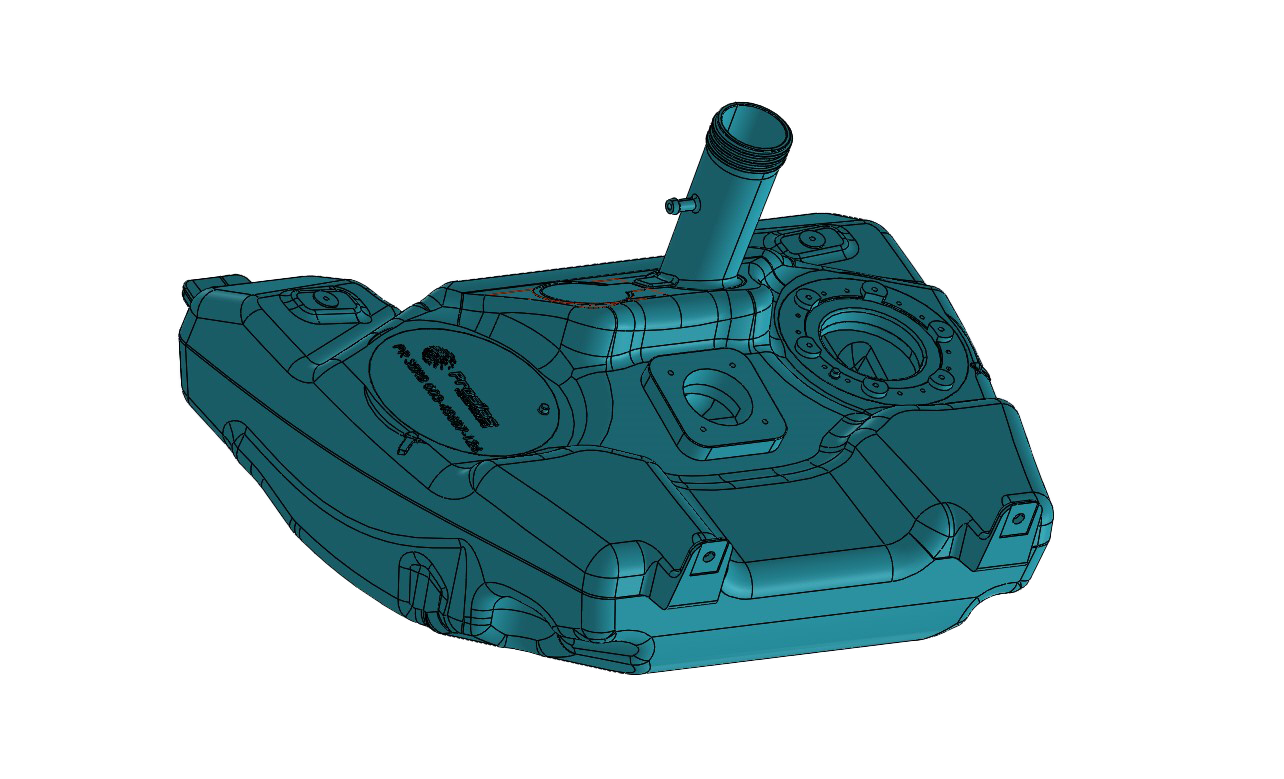
The objectives of this project were waterproofing, eliminating the release of dust particles, and minimizing added material layers (to preserve weight and dimensions). The achieved benefits include a significant increase in production speed and a notable improvement in mechanical performance, demonstrating the validity of the strategy implemented by Prosilas.
3D printing not only accelerates production but also adds immediate flexibility. By reducing development times, we can quickly respond to customer needs. Just-in-time production eliminates waiting for expensive molds, improving overall efficiency.
Product updates are rapid and readily adapt to customer feedback. On-demand production reduces waste and optimizes inventories. Additionally, the ability for real-time customization enables production aligned with market needs.
The solutions offered and the speed of execution have steered the choice towards mass production.
This outcome is a source of pride for us: it underscores the effectiveness of our proposals and our ability to meet customer needs with efficiency and timeliness.
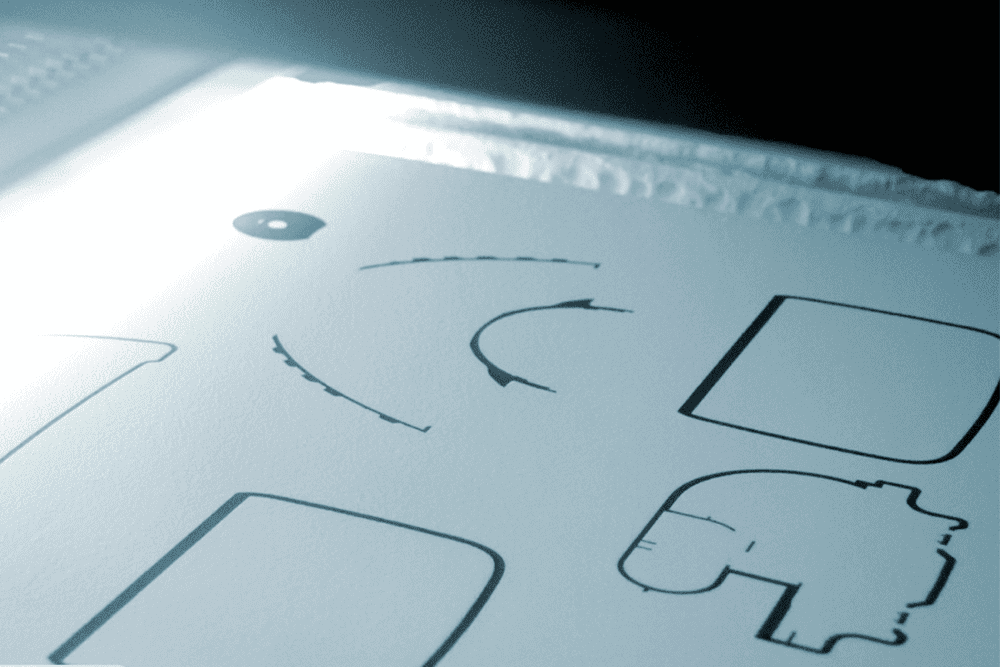
The page you requested could not be found. Try refining your search, or use the navigation above to locate the post.